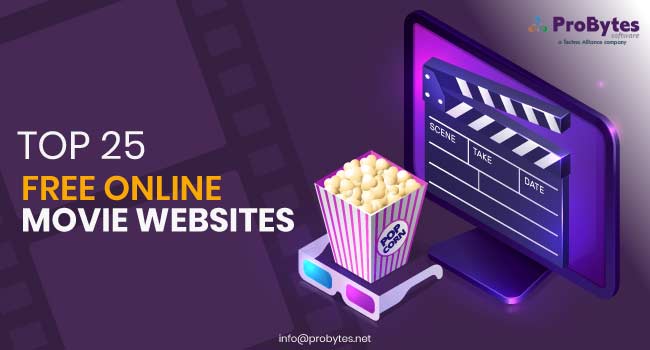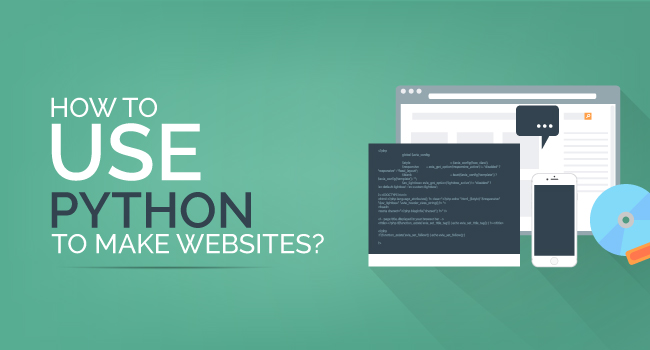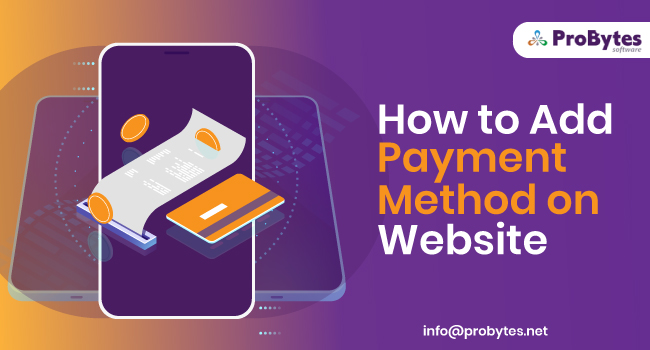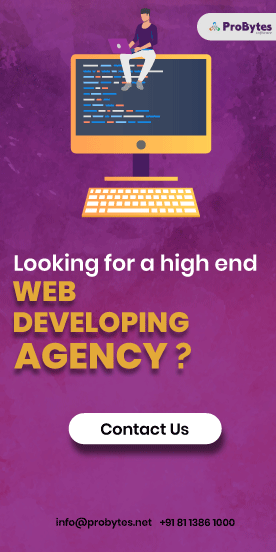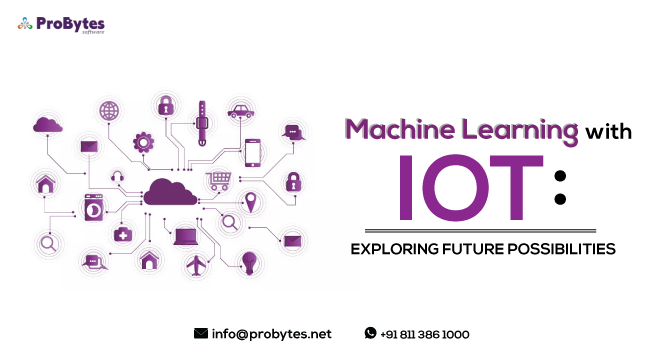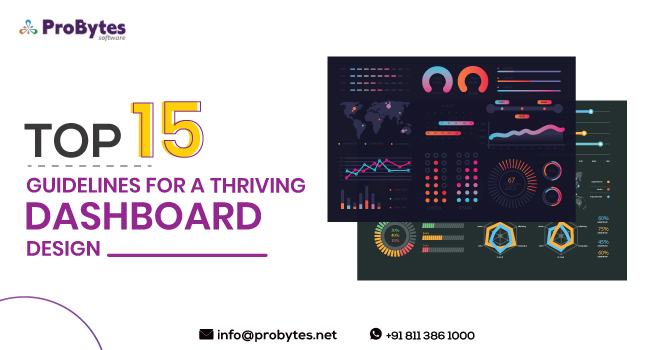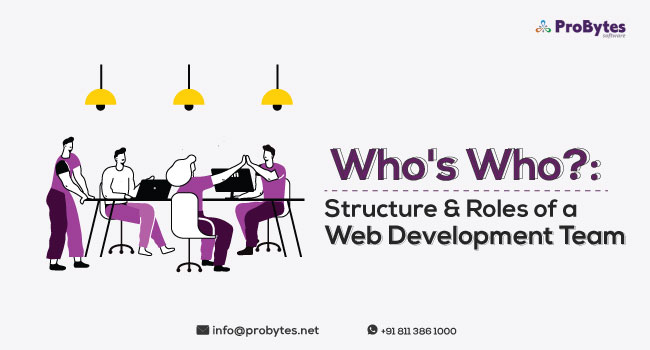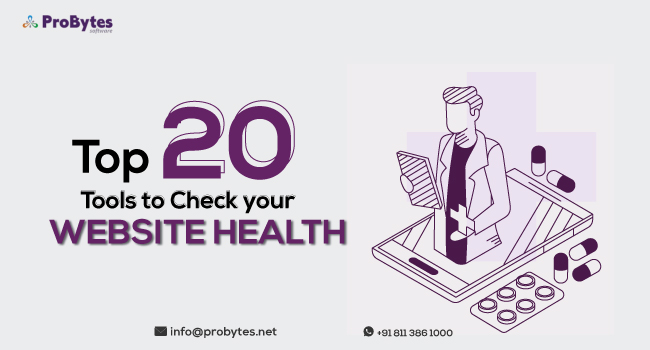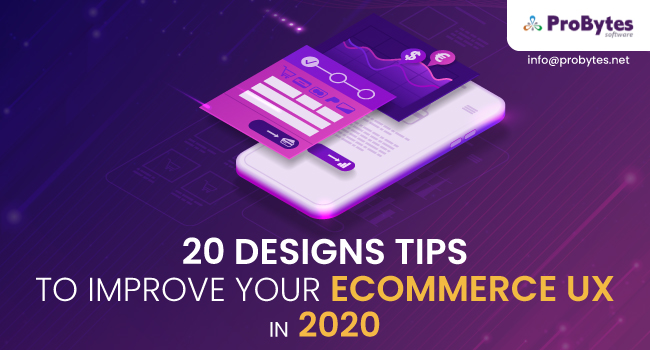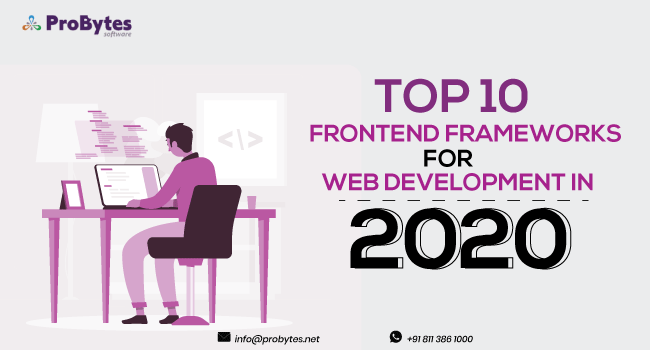Blog Category(283 Blogs)
Important Stages in UX design Process: Methodology
You might have come across the term UX (User Experience) and might be wondering what the fuzz is about. User Experience design helps understands a product and develops an idea in a better way. A classic UX design is a process in which you provide a personally relevant experience that is derived from product functionality and pleasure.
Over a period, users developed an impression of the product, during which the user’s cognition, motivation, action, and perception form a story. It is based on the idea that when a user derives emotional responses from a product, they find it more satisfying. Here are the stages of UX process methodology.
1. Getting in touch with the client
Get as much as information you can from the client about their products, services, how they started, and their vision. You can start designing a product only after getting to know everything about the client. Begin your question and answer round with general questions and make sure to tell them to bring their products so that you can get a better idea of them.
It is followed by the kick-off meetings. You can conduct on the same day or the following day, but don’t delay it any further. It approximately takes around four to five hours because it is purely a brainstorming session where you get to know the client’s idea behind the product, limitations, and requirements of clients. To get a better idea of the design, more UX designers conduct a Style and Brand Persona workshop, during which they create hypothetical customers, personas, and user journeys.
2. Preliminary research
Now, this is the part where you can’t go wrong, at all. Not only do you have to gather information but also put it in a meaningful way. Preliminary research can take anywhere between seven to ten days depending on the time you want to give the project. If you work in a team, then it would only take around five to six days. This part of the process involves four steps that include:
-
Setting up interviews – interacting with users from the targeted demography to match your hypothetical personal, user experience, and preference with the real ones.
-
Competitor research – get to know the client’s competitors and their USP, offers, and limitations. Write down all their products’ features and compare them with your client’s products.
-
Mood boards – design a mood board for the product, which involves putting images, texts, and materials on board to invoke a specific style or feeling among the customers.
-
Project tasks – formulate elaborate projects tasks and a weekly schedule for following two months and then monthly plan for the later months.
Also set milestones for the project to motivate your staff and the client to achieve higher goals.
3. Testing usability of the product
This step of the process involves a lot more than just testing the product’s usability. Elements that are a part of this step are:
- Sketching – The easiest way to visualize your idea is by depicting it. Always create three or four different version solutions to your problem. You might or might not use any of them but it might race your creativity and keep your mind going. Also, these sketches will help your clients understand the concepts in a much better way.
- Prototyping – Once you find yourself a few ideas that you want to go along with, build a prototype and wireframe. If you don’t have time for preparing the prototype on paper, use one of the applications available online to do so.
- User testing – Validate your ideas with your user group. It is a very crucial element because you must understand the product is for the users, and if they don’t like it, you need to take up another idea.
- Screen flow – you might find it necessary or not but do an additional step won’t hurt you. It would instead save the time you spend explaining everything to your client. Capture a screen flow, so that they understand it themselves.
4. Detailed design
In this step, you show the mood board you created to your user base. Let’s say you are working on an application that runs on iOS and Android both. What you must do first is take a look at similar applications in Google Store and App Store. Get acquainted with the feel and look of a few similar applications and understand why one has more downloads than the other.
Create a blueprint, which you would convert into a full-fledged working application. Get started with designing pixel perfect screens. Most UX designers use Sketch or Photoshop, but you can use any other software according to your comfort. Make sure the blueprint has all specifications that are on your mind. It isn’t necessary to write down every single of it because until and unless it is clear in your mind, it gets the work.
5. Following up
Everyone loves if the product is going in the right direction and you will only know it when you do a follow-up. It is straightforward to follow and communicate with the client if the development process moves forward with the design process, but if it takes place after it, things get a little tricky. However, keep following up and communicating with the client because that can win you long-term deals.
The UX process methodology is continuously evolving but in general, it is same as stated above. You must make sure that when you are creating the design, you should think of the user and not how you would like it to be. Sometimes small changes make a huge difference in the end product. Every UX designer and his team have some particular steps that they develop on their own and are unique to their process. You can compare these steps as heavily guarded secret ingredients of popular fast food chains.

 Python
Python Magento
Magento Odoo
Odoo How To
How To How Much
How Much Yii Development
Yii Development Core PHP
Core PHP Prestashop
Prestashop Latest News
Latest News Education
Education Web Design
Web Design Business
Business Ecommerce
Ecommerce Travel
Travel Banking and Finance
Banking and Finance Web Development
Web Development Ruby On Rails
Ruby On Rails Joomla Development
Joomla Development Ecommerce
Ecommerce Magento Development Services
Magento Development Services Hire a Developer
Hire a Developer Web Crawling Services
Web Crawling Services


